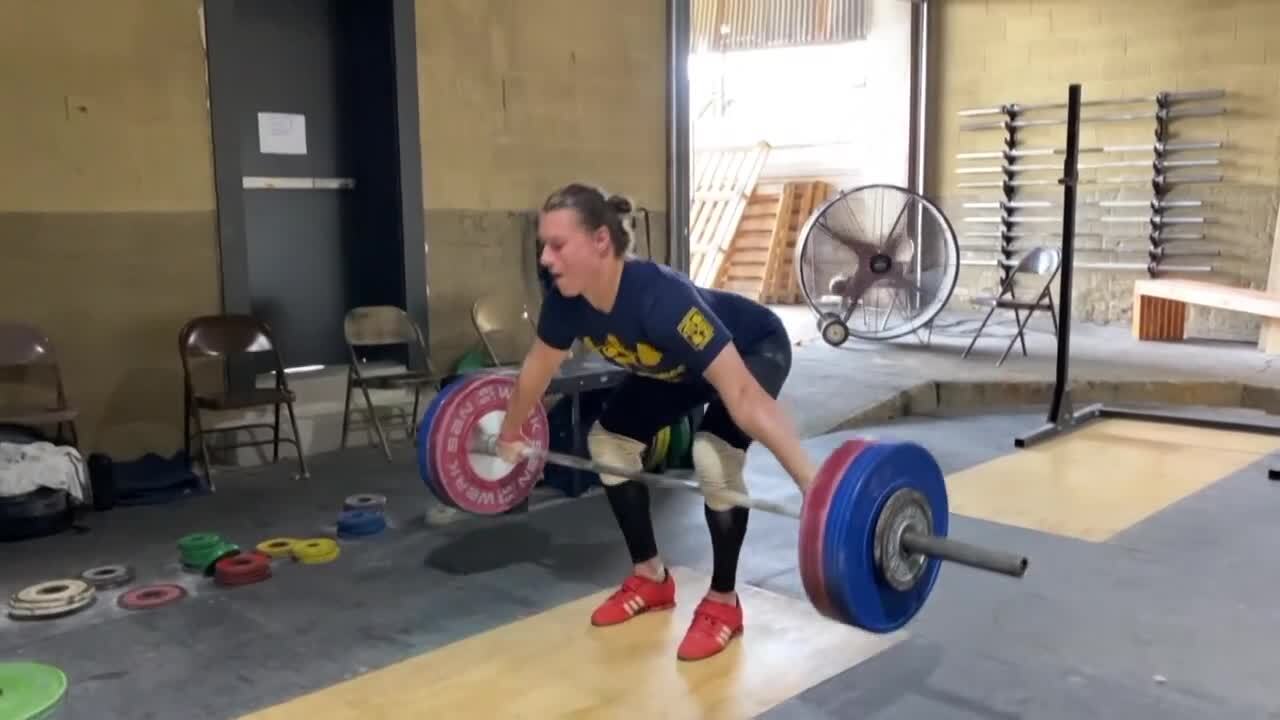MILWAUKEE — On Monday, the clanks of iron could be heard in a gym where many of the surfaces are all covered in hand chalk.
It describes the scene at Milwaukee Barbell. Gyms like it are the proving ground for weightlifters across the country, whether they are lifting with Olympic aspirations, just for fun or lighthearted competition.
"The bar's not moving fast on these max lifts, so there's the grit. Like this mental component of this weight is trying to crush you,” said Nathan Stemo, Head Coach at Milwaukee Barbell.
For people like Stemo, controlling that oppressive weight is somewhat therapeutic. He said it's more than brute strength; it's about becoming in tune with your body, mastering leverage and timing.

"You need the balance of the strength, the power and timing using a certain muscle in any point of the lift,” Stemo said.
The people who are most familiar with the sport are all watching the world's best barbell competitors wrap up this week at the 2020 Olympics in Tokyo.
Between men and women's events, two U.S. competitors have earned medals as of Monday: Kate Nye earned silver on Sunday and Sarah Robles earned bronze on Monday.

Stemo said local lifters often connect to Olympians because they all are working to master the same techniques.
"When you see a lifter that has a similar body type to you, that's how you could look when you get a little more technically proficient,” he said.
See all of our Olympics coverage at TMJ4.com/Olympics
While Olympic lifting is done by individual athletes, Stemo said everybody picking up a barbell should first understand that it takes a combination of the right mental and physical strength to be your best on every lift.
"Every part of your body needs to be capable. Otherwise, whatever your weakest link is ends up limiting your performance,” he said.
The little things that could take a well-trained weightlifter from these proving grounds to the pinnacle of the sport on the world's stage.



